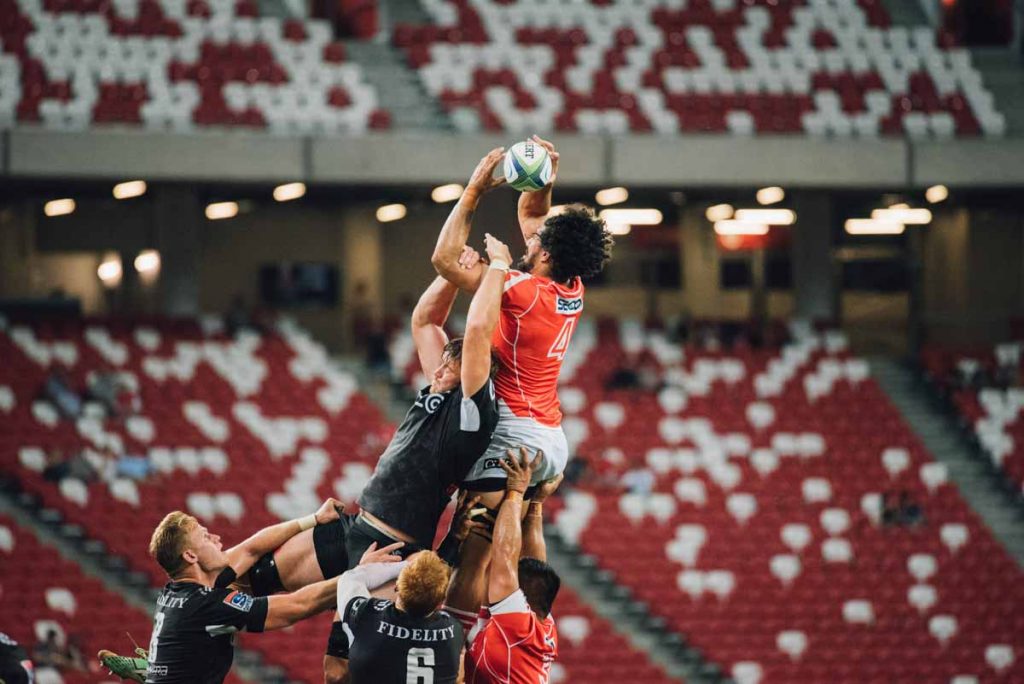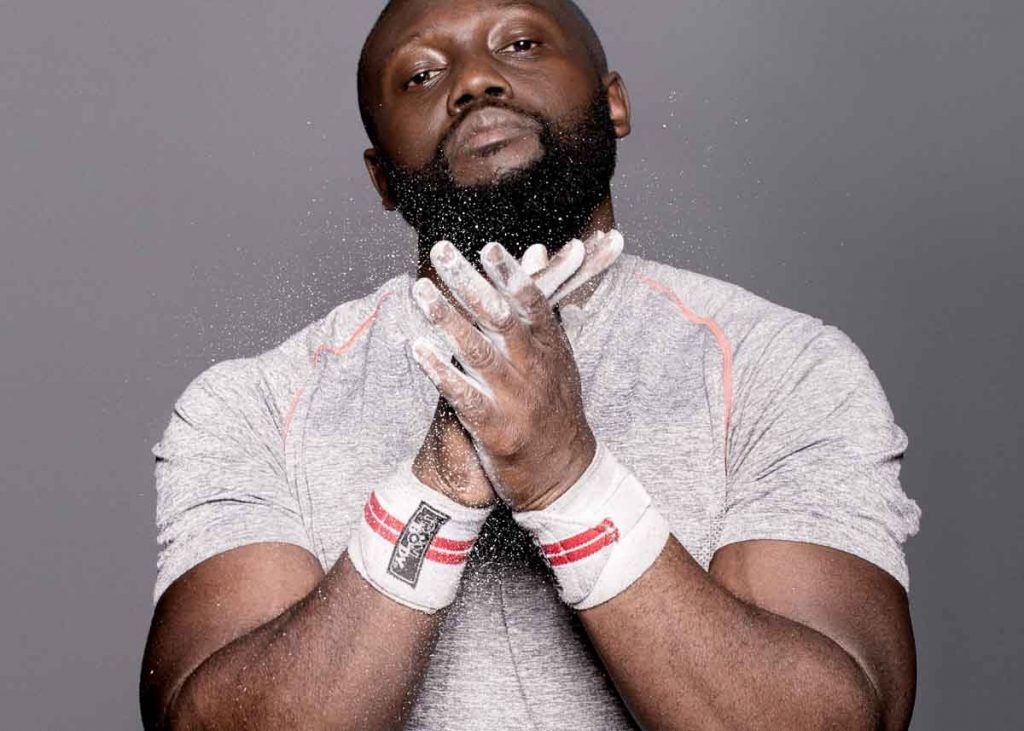An Athletes Worst Nightmare
An athlete is often times someone without fear, someone who pushes their limits in order to crush the competition and beat previous performance. With such high demands on performance, we train, rest, train, rest, train, and during the season it’s hard, if not impossible, to recover fully. Learn how to prevent and treat an ACL injury.

With so much focus on performance we can push ourselves too far. Injuries are a well known part of the athletic life and at the top of the list is an ACL tear. It can take a huge toll, physically, mentally and on the career.
The Anterior Cruciate Ligament (ACL) is one of the most common knee injuries in professional, high demand sports, such as soccer, basketball & football. When an athlete has a tear, they might need complete surgery and months of rehabilitation in order to regain capacity. (1)
In This Article
The Anterior Cruciate Ligament, Why Does it Matter?
Best Ways to Prevent an ACL Injury
How to Heal from an ACL Injury
The Functions of the ACL and How to Keep it Healthy
References
The Anterior Cruciate Ligament, Why Does it Matter?
The ACL is one of the four most important ligaments in your knees which prevents the lower leg from sliding in a forward direction, and most importantly, is one of the major stabilizers of the knee joint. The ACL prevents the leg from shifting from one side to the other when you’re quickly changing directions. (2)
Before we get into further details, there are three bones connected to your knee joint, keeping everything in place. Those are your Kneecaps (Patella), Shinbones (Tibia) and your thigh bones (Femur). With those 3 bones, are 4 main ligaments, which provide stability to the knee, the ACL (Anterior Cruciate Ligament), PCL (Posterior Cruciate Ligament), MCL (Medial Collateral Ligament) & LCL (Lateral Collateral Ligament) are the main structures that creates an elastic band of tissue that provides strength to the joint
Best Ways to Prevent an ACL Injury
There’s no secret for fully preventing an ACL injury, if you’re pushing your body to the limits, you have a greater chance of ending up with a tear or a sprain.
On that note, read carefully as here are some tips for you to be more aware of your ACL and it’s function so you can do everything possible to reinforce the area and be aware of it while training and playing.

Know, Listen & Prepare Your Body
Warm up your body before training such as doing active stretching, range of motion movements and get the blood flowing. After workout static stretching and other recovery methods are just as important as the training and the warm up. Learn to understand your specific weaknesses and how to train to reinforce those areas.
Fortify Your Ligaments
Hydration, nutrition and sleep. These are the main ingredients to having strong & healthy ligaments. Without water our muscles and fascia slide like sandpaper instead of gliding. Without the right balance of nutrients we can’t properly recover. Without sleep we place more stress on the body and mind.
Strengthen Everything Around It
Your ACL will have a much easier time withstanding impact and changes in direction if the muscles and ligaments around it are healthy and flexible. Strengthen your hamstrings, your core, train your stability, quickly changing directions and stopping and going. All of this will help you prevent injuries in the whole chain of muscle, it’s all connected. (3)
Lower The Impact
Learn how to absorb the impact when you’re landing and spread the incoming force throughout your body to reduce the amount of stress that your knee articulation receives. Start gaining bodily awareness by doing common movements in your sport SLOWLY. Once you have perfect form then go faster and faster. (It can take months to retrain poor movement techniques so be patient and know that your body will thank you in the long run)
How to Heal from an ACL Injury
First, reduce the swelling around the articulation. Keep in mind that the first weeks after the injury or surgery are extremely important. This is where you lay the foundation for a successful recovery.

Here are 4 Tips & Tricks on How to Heal an ACL Injury After Surgery.
1) Control the Swelling Around the Articulation
R.I.C.E (it can save your wet phone and your knees)
Rest: You’ll most likely need to spend more time off your feet and be patient with the healing process.
Ice: Use ice for 15-20 minutes multiple times a day to reduce the swelling.
Compression: This is an amazing way to reduce swelling, wrap your knee with a compression garment or knee sleeve and move around with it. You should feel a mild compression on the area where the wrap is.
Elevation: When you’re resting, elevate your feet above the level of your heart. This can greatly help you to reduce the swelling & the pain. Using ice and compression while having your knee elevated is extremely effective. Elevate for 15-20 minutes, 3-5 times a day.
2) Control the Range of Motion
The goals here are to fully regain range of motion and to use your muscles to fully extend and flex your knee on the injured leg.
Here are our top exercises ;
Stationary Bike
Rock back & forth until you’re able to complete a full revolution without it being painful. 20 minutes a day. A higher seat works on knee extension while a lower seat works on knee flexion
Heel Slides
Use your hamstrings, or use a strap around your ankle, to pull your leg towards your buttocks while you lay on your back. Perform 10 repetitions & hold for 5 seconds. Repeat 3-5 times a day.
Prone Hangs
Lying on your stomach, let your left foot hang on the edge of a table or your bed. Hold this position for 5 minutes, just hanging there and maintaining a good breathing pattern. You can also use your left foot to add gentle pressure, it should not be painful and if it is, stop.
Wall Slides
Lying on your back with your injured leg’s foot on a wall, gently let your foot slide so that it’s causing your knee to bend a little. Reach your max flexed position and hold for 60 seconds. Repeat 5 times throughout the day and if you feel comfortable, you can use your opposite foot to add gentle pressure.
EMS (Electrical Muscle Stimulation)
You can perform some of the movements above or even simpler ones like rotating the ankle, eversion and inversion of the leg, or flexion/extension of the leg with electrodes on your quads and calf. The gentle current will activate a higher percentage of the muscle than you would be able to achieve with the injury. This can greatly help prevent muscle atrophy so when you are ready to walk again you can make a full recovery quicker. Always consult a health professional to see if EMS is right for you and your injury.
3) Normalize your Walking Pattern
A healthy gate is key to postural health. We spend hours and hours walking every year. Every step shifting and repositioning your body.
– Heel touches down first.
– Tip of your toe leaves the ground last.
– Your foot remains straight forward.
– Bend your knees and keep your foot straight
– Don’t swing your leg out to the side
The Functions of the ACL and How to Keep it Healthy
Remember, the knee joint is made up of three bones, the femur, the patella and the tibia which are all connected by a total of 4 ligaments. All of that creates stability in the articulation. If you want to prevent one ligament from tearing or complete rupture, you need to reinforce what’s around it. We particularly want to look at strength training to reinforce the quadriceps femoris and the hamstrings by doing medium to high intensity plyometric training so that the muscles can accustom to impact.(5)
You’ll also want to work on the range of motion of your hips and the flexibility of your hamstring muscles. In order to prevent ACL injuries, don’t forget to warm-up those cold muscles & ligaments so that the stiffness is reduced to a minimum.(6) Stretching your muscles is one of the main keys to preventing injuries since it loosens up the muscles and ligaments, allowing you to move freely without constraints.
Using proper footwear may also be helpful if your specific sport or training requires you to often switch directions. Practicing a proper landing technique after jumps will train your body to properly absorb a landing across all of the knee instead of just one focused area.
References
1) Micheo W, et al. (2015). Anterior cruciate ligament tear. In WR Frontera et al., eds., Essentials of Physical Medicine and Rehabilitation
2) Honkamp NJ, et al. (2010). Anterior cruciate ligament injuries in adults. In JC DeLee et al., eds., Delee and Drez’s Orthopaedic Sports Medicine: Principles and Practice, 3rd ed
3) American Academy of Orthopaedic Surgeons (2014). Management of Anterior Cruciate Ligament Injuries: Evidence-Based Clinical Practice Guideline. Rosemont, IL: American Academy of Orthopaedic Surgeons.
4) ACL Injury: Does It Require Surgery? – OrthoInfo – AAOS. (n.d.). Retrieved from https://orthoinfo.aaos.org/en/treatment/acl-injury-does-it-require-surgery/
5) ACL Research: ACL Reconstruction. (n.d.). Retrieved from https://www.aclstudygroup.com/
6) Nessler, T., Denney, L., & Sampley, J. (2017, September). ACL Injury Prevention: What Does Research Tell Us? Retrieved from https://www.ncbi.nlm.nih.gov/pmc/articles/PMC5577417/